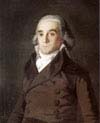Francisco de Goya
1746-1828 Spain/Romanticism
Click an Image to Enlarge
Charge of Mamelukes

Charles the IV

Saturn Devouring

Third of May 1808

Colossus

The Great He Goat

Witches Sabbath

Witches in the Air

Clothed Maja

Maria Luisa of Parma

Maja

Dona de Porcel

Ct of
Floridablanca

Mariano
Goya

Manuel
de Zunica

At One
Time

Duchess of Alba

Duchess
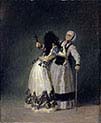
Boys Playing Soldiers

Atropos or the Fates

Charles IV

Lunatics

Dead Birds

Dead Turkey

Dog

Sebastian Gabrie-

Guillemardet

Francisco Cabarrus

M de
Jovellanos

Goja
Pupa

Heads

Fools

Joaquina

Jose Alvarez

Jose Costa

Lazarillo

Maja and Matchmaker

Maria de Borbon

Naufragio

San Isidro

Self Portrait

Plucked Turkey

The Burial

Head of Lamb

The Blind Hen
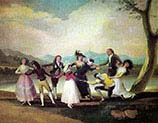
The Bullfight

Still life

The Cacharrero

Carcass of Brebeuf

Death of the Picador

The Inquisition

Duke of Osuna

The Last Communion

The Letter-

The Parasol

Wounded Mason

Women and Children

Victor Anibal-

Victor Guye

Two Old Men Eating-
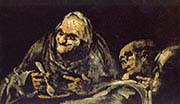
Ferdinand VII

Family
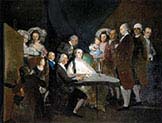
The Wedding
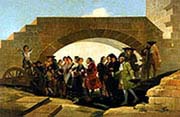
el conde del tajo
